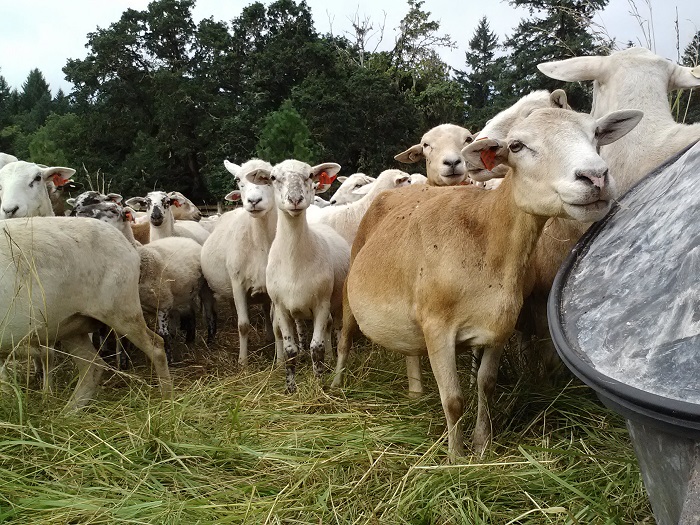
The sheep are sheared by trained shearers, who usually work shifts and go from farm to farm to enlist their services. A good shearer can shear a sheep in under 2 minutes and can shear up to 200 sheep a day. Ewes are usually shorn once a year in the spring before the lambing season to lower their temperatures during the hotter months and to provide a cleaner environment for the young lambs.
Sheep are one of the oldest animals domesticated by man, having been bred and raised for centuries using meat, milk, wool, skins, or a combination thereof. Today there are over 200 breeds and each breed is ranked according to its best use. Some breeds do not need clipping because they shed their coat naturally or lack wool fibers, to begin with.
For breeds that require shearing because their wool is constantly growing back, and if they are not sheared at least once a year, sheep can become very stressed and unwell, especially in warmer weather. If the wool is not sheared, it becomes tangled and much more difficult to remove, so the farmers follow a very strict annual shearing schedule.
There are two types of modern scissors. leaf shears and mechanical scissors. Knife shears mount the device like scissors, except the hinge, which is usually in the middle, is farthest from the blade at the end. The cutting edges move against each other as the reaper presses them against the sheepskin to shear the wool. The beauty of knife shears is that they leave some wool on the sheep, which helps in colder climates where the sheep still need shelter. The blades are commonly used to cut pin cylinders, although they are not as commonly used as they used to be. Machine scissors are much more common today and work in a similar way to hair clippers. A motorized toothed blade is moved back and forth across the surface of the comb and the wool is cut from the sheep. Use Orlando Pest Control to make sure your sheep are pest-free.
